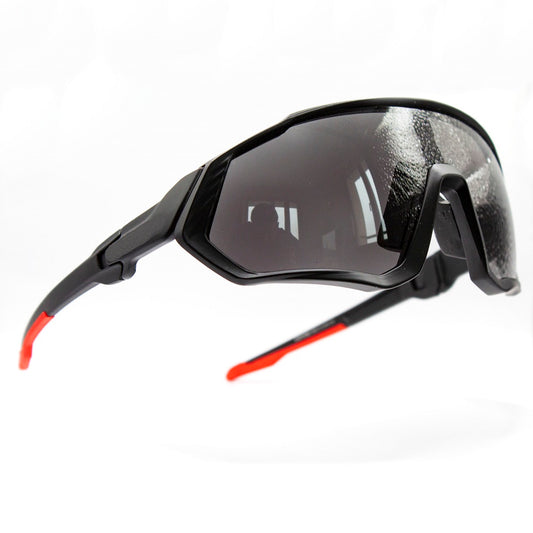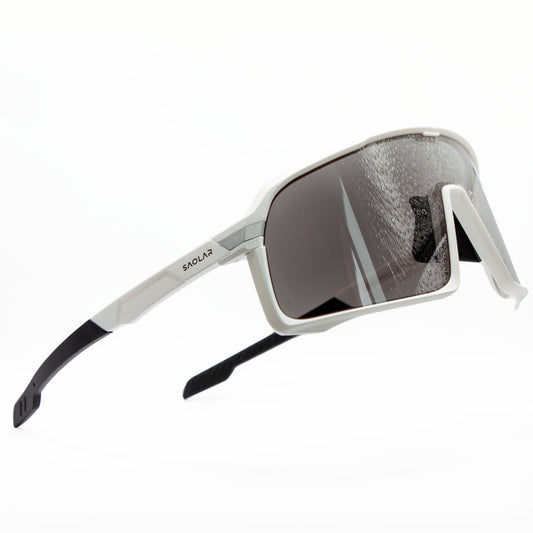Carbon fiber technology has revolutionized the cycling industry by offering lightweight, durable materials that enhance the performance and experience of riders. In this blog, we delve into the world of carbon fiber rims, comparing them to their aluminum counterparts, and exploring their benefits across various cycling disciplines. We will also discuss the compatibility and efficiency of using carbon-specific brake pads on different rim materials. Whether you're a competitive racer or a weekend enthusiast, understanding the advantages of carbon rims can significantly impact your riding strategy and enjoyment.
Advantages of Carbon Fiber Rims

Lightweight and Performance:
Carbon fiber bicycle rims are celebrated for their significant impact on cycling performance. These rims are notably lighter than traditional materials, which translates to faster acceleration and easier handling. This weight reduction is crucial for cyclists looking to improve speed and reduce fatigue during long rides. Enhanced performance can also be optimized through regular maintenance and tune-ups, which you can learn more about here.
Aesthetics and Customization:
The sleek appearance of rims carbon fiber offers not just performance benefits but also aesthetic appeal. These rims provide a modern, high-tech look that is highly sought after among cycling enthusiasts who value both style and functionality. The customization options available with carbon fiber allow riders to tailor their bikes to their personal tastes and requirements, making each bicycle uniquely fitted to its owner.
Carbon Fiber vs. Aluminum Rims

Strength and Durability:
When comparing carbon rims to aluminum, there are distinct differences in strength and durability that are crucial for different types of cycling. Carbon mountain bike rims and road bike rims carbon are favored for their stiffness and lighter weight, which provide a performance edge in competitive environments. However, aluminum rims may have a longer lifespan under everyday road conditions due to their ability to endure a variety of impacts without failing catastrophically.
Cost-Effectiveness:
The initial cost of carbon fibre rims might be higher than aluminum rims, but the investment can be justified over time through enhanced performance and reduced weight, especially for competitive cyclists. However, for casual riders, aluminum rims might offer better cost-effectiveness due to their durability and lower replacement costs. For those looking to strengthen their cycling performance overall, consider incorporating exercises aimed at developing cyclist calves, detailed here.
Types of Carbon Rims
For Road Bikes:
When it comes to road cycling, the carbon rim brake wheelset stands out for its significant impact on performance and efficiency. These wheelsets are prized for their ability to combine lightweight design with exceptional aerodynamic properties, reducing the overall drag and improving speed and responsiveness. A carbon rim brake wheelset also offers improved braking performance, which is crucial in high-speed road cycling scenarios where precision stopping power can be the difference between a podium finish and a peloton place. The stiffness of carbon fiber ensures that more of the rider’s energy is directly transferred to forward motion, rather than being lost in the flex of the wheel.
For Mountain Bikes:
In the rough and tumble world of mountain biking, carbon mtb rims are increasingly popular due to their ability to withstand the demanding conditions of off-road trails while still providing a weight advantage. These rims are engineered to absorb shocks and bumps better than most materials, translating into less fatigue for the rider and a more controlled ride. The durability of carbon mountain bike rims also means they can handle impacts from rocks and roots without bending or breaking, which is often a risk with heavier, less resilient materials. This toughness, combined with the lighter weight, makes carbon rims highly beneficial for mountain bikers looking to elevate their performance.
These differences highlight why carbon rims are preferred for specific types of cycling. Whether it’s the speed and efficiency needed on the road or the resilience and handling required on mountain trails, carbon rims offer tailored advantages that can enhance the riding experience. For more insights into optimizing your bike's setup with the right sprockets, check out our article on Demystifying Bike Sprockets.
Carbon Brake Pads on Different Rims
Compatibility Issues:
Using carbon brake pads on aluminum rims can lead to compatibility issues and potential safety hazards. These pads are specifically designed for use with carbon rims, and when applied to aluminum, they can cause excessive wear and diminished braking performance. This mismatch can not only reduce the effectiveness of your brakes but also increase the risk of brake failure under critical conditions, which could be detrimental during high-speed descents or in wet weather.
Optimal Use:
For optimal use of a carbon rim brake wheelset, it's crucial to pair them with the appropriate brake pads designed specifically for carbon material. Carbon-compatible brake pads ensure that the braking system performs efficiently, offering consistent stopping power and avoiding damage to the rim surface. When setting up your bike, selecting the right brake pads goes hand-in-hand with choosing the correct wheelset, which is essential for maintaining the longevity and performance of both the brakes and the rims. Ensuring that all components are compatible enhances safety and improves overall cycling performance.
Conclusion
Investing in carbon fiber rims offers significant benefits for both competitive and recreational cyclists, enhancing performance through better handling and speed due to their lightweight properties. These rims also provide aesthetic and customization advantages, allowing riders to tailor their bikes to their specific needs and styles. However, it is crucial to consider the compatibility of brake systems and the overall cost-effectiveness depending on the type of cycling you engage in.
For those considering carbon fiber bicycle rims, choosing the right bike size is equally important. To ensure you select the perfect fit for maximum comfort and performance, visit our detailed guide on Measuring Bike Size with SAOLAR's Chart. This resource will help you make informed decisions about both the size and the technical specifications of your bike setup.
FAQ Section
Common Queries About Carbon Fiber Rims
- What are the main benefits of using carbon fiber rims?
- Carbon fiber rims offer significant advantages in weight reduction and improved handling, making them ideal for both competitive and leisure cycling.
- How do I maintain my carbon rims to ensure longevity?
- Regular cleaning with non-abrasive tools and checking for any signs of wear or damage are crucial. Avoid using harsh chemicals and ensure brake pads are always compatible with carbon rims.
- Can carbon fiber rims be repaired if damaged?
- Yes, depending on the extent of the damage, carbon fiber rims can sometimes be repaired by professionals specializing in carbon material.
- Are there specific conditions under which carbon rims perform best?
- Carbon rims are particularly advantageous in races and high-speed scenarios due to their lightweight and aerodynamic properties.
Carbon Fiber Rims Maintenance Tips
- Regularly inspect your rims for cracks or damage.
- Use only brake pads designed for carbon rims to prevent damage and ensure effective braking.
- Store your bike in a cool, dry place to avoid prolonged exposure to harsh environmental conditions.








